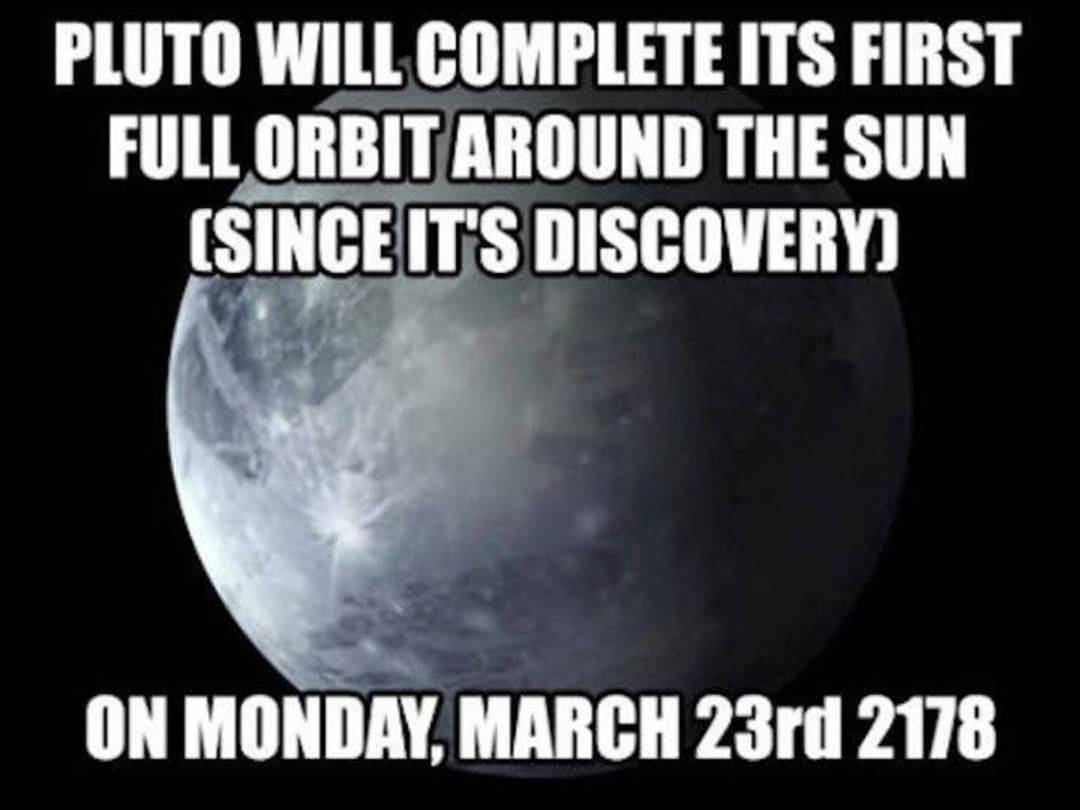this post was submitted on 21 Nov 2024
622 points (99.1% liked)
Science Memes
11542 readers
1129 users here now
Welcome to c/science_memes @ Mander.xyz!
A place for majestic STEMLORD peacocking, as well as memes about the realities of working in a lab.

Rules
- Don't throw mud. Behave like an intellectual and remember the human.
- Keep it rooted (on topic).
- No spam.
- Infographics welcome, get schooled.
This is a science community. We use the Dawkins definition of meme.
Research Committee
Other Mander Communities
Science and Research
Biology and Life Sciences
- [email protected]
- [email protected]
- [email protected]
- [email protected]
- [email protected]
- [email protected]
- [email protected]
- [email protected]
- [email protected]
- [email protected]
- [email protected]
- [email protected]
- [email protected]
- [email protected]
- [email protected]
- [email protected]
- [email protected]
- [email protected]
- [email protected]
- [email protected]
- [email protected]
- [email protected]
- [email protected]
- [email protected]
- !reptiles and [email protected]
Physical Sciences
- [email protected]
- [email protected]
- [email protected]
- [email protected]
- [email protected]
- [email protected]
- [email protected]
- [email protected]
- [email protected]
Humanities and Social Sciences
Practical and Applied Sciences
- !exercise-and [email protected]
- [email protected]
- !self [email protected]
- [email protected]
- [email protected]
- [email protected]
Memes
Miscellaneous
founded 2 years ago
MODERATORS
you are viewing a single comment's thread
view the rest of the comments
view the rest of the comments

How can we even know it's a planet when we haven't observed a single orbit, yet?
Maybe it's just a really big comet.
We've observed enough of its orbit to know what shape it is.
How can you be so sure it doesn't just decide to leave
And who could blame it?
It's not really big. There are multiple Pluto like planetoids. Also there is a hunk of rock in the asteroid belt youcould name a planet.
Ceres is more than a third of the mass of the asteroid belt. It's at least an order of magnitude bigger than anything else in its orbit. It's hardly a hunk of rock
There's also not that much rock, only 73% of the mass. The rest is ice and mud, with half it's volume being water in some form.
By measuring how fast it's moving and where it is you can find the orbit